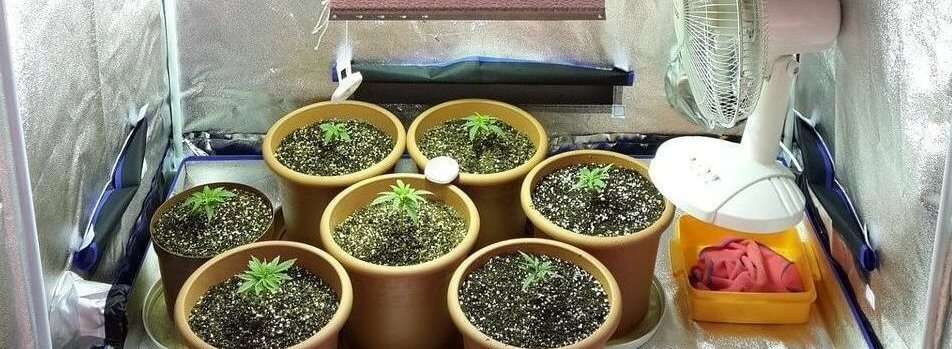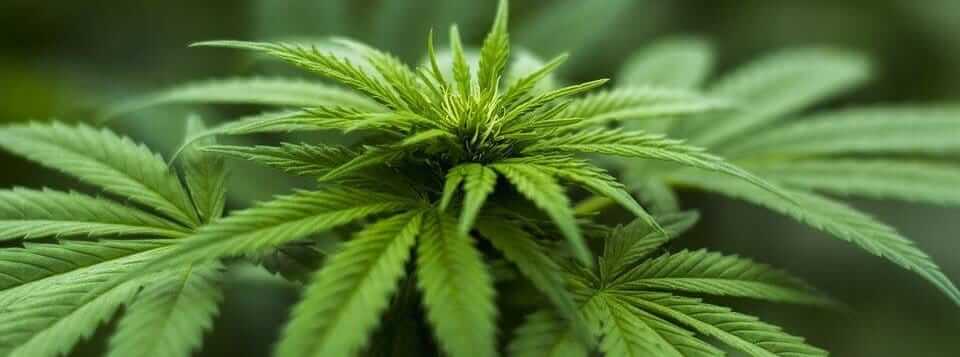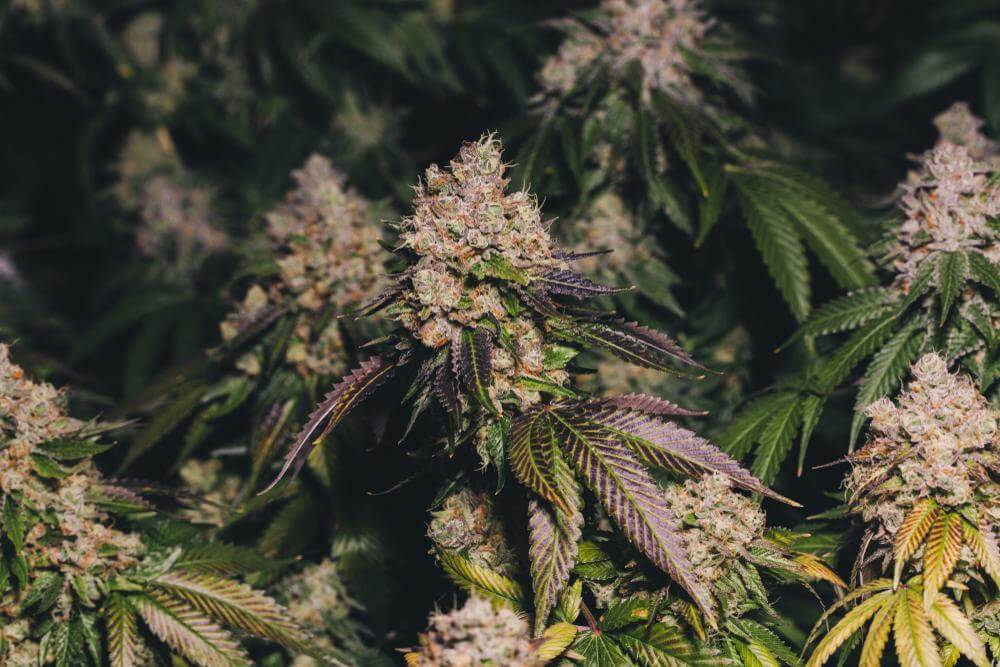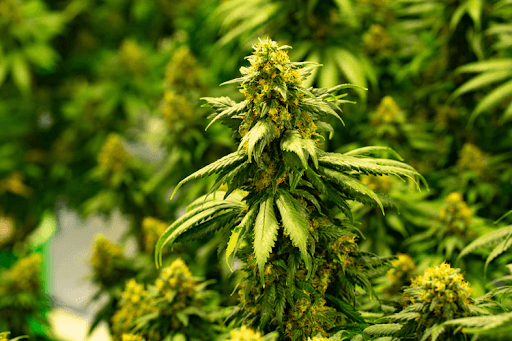Look, I know that telling you not to smoke weed (or anything else) is probably a losing cause. You might even be passing a bong or a joint around right now, trying to reach across the government-approved and virus-free 6 feet of social distance.
Don’t Smoke Weed
It’s really a no-brainer to say that smoking, whether it’s ganja or rosin or tobacco or CBD oil, is probably a really risky proposition in the Age of CoronaPlague. Sure there are people who say that marijuana or CBD kills the virus–there are also people who believe that aliens from distant stars are living on Earth.
But it really comes down to probabilities–weighing risk vs reward–the risk-benefit ratio. It’s something we humans do all the time, in almost every conceivable context. After all, if you live in a non-legal state and decided to grow your own, you probably spent some time on the risk-benefit calculation, even if you didn’t pull out your iPhone and tap in the numbers.
Risk-Benefit Ratio
So what do the probabilities say? What is the risk of smoking that bud? Is there another way to get the same reward as a toke?
Well, there is lots of stuff written on the risk. Suffice to say that smoking tobacco is a definite risk factor for getting Coronavirus pneumonia. And smoking weed has the same risk apparently, with an added risk of inhaling unburned plant matter into your lungs.
See, weed burns at a lower temperature than tobacco. When you take a toke, you inhale much more deeply than with a cigarette. So very likely, some of that not-fully-burned cannabis is sliding down your windpipe and settling in the lungs. What could be a cozier home for Coronavirus and its various buddies?
So that’s the risk. Can you get the benefit of the toke without the risk? Yes, you sure can. There are many ways to get THC into your body that do not involve smoking. But they all start with decarboxylation.
Say What??
What is Decarboxylation?
Decarboxylation or “decarbing” is basically what happens very slowly during the drying and curing process for cannabis. It involves removing the water from the plant and making your favorite cannabinoids available to your body for preferred use.
Chemistry Lesson
 The THC in a green, uncured cannabis plant is largely in the form of THCA which is THC with a carboxyl group added on. The carboxyl group means that THCA cannot latch onto some of the endocannabinoid receptors in your brain. That means the THC is not psychoactive. And that means the raw, uncured flower will have little or none of the effects that marijuana is known for–namely, getting stoned. Not all of the THC is missing — there is always some there. But most of the THC will be in the carboxylated form, THCA. You want to change it to THC.
The THC in a green, uncured cannabis plant is largely in the form of THCA which is THC with a carboxyl group added on. The carboxyl group means that THCA cannot latch onto some of the endocannabinoid receptors in your brain. That means the THC is not psychoactive. And that means the raw, uncured flower will have little or none of the effects that marijuana is known for–namely, getting stoned. Not all of the THC is missing — there is always some there. But most of the THC will be in the carboxylated form, THCA. You want to change it to THC.
In order to make THC from THCA, you need either heat or time, or both. The THCA loses its carboxyl group as it dries out or heats up. So you can smoke green uncured bud and get high because the heat from smoking instantly changes much of the THCA to THC. But to use the bud any other way, as in edibles, you need to decarboxylate.
Dry to Decarb
In other words, if you want to make edibles instead of smokables, decarb is the next step after harvest.
You can decarboxylate when you dry your weed in the usual fashion–hanging it upside down in a drying room for 2-3 weeks (or longer in a humid climate.) This is cheap and easy but it takes time and space. And even worse, in the wrong conditions, your buds can develop mold which potentially can ruin your entire crop unless you are vigilant. That’s a big topic for another day.

Decarboxylation involves removing the water from the plant. Since the plant is mostly water, a dry cool environment with plenty of time will accomplish that. A dry heated environment will accomplish the same thing a little faster. But more ambient humidity and heat, along with time and dark, also raises the risk of mold developing.
Apart from taking the time to cure the bud, there are at least two other methods for decarboxylating. One is cheap and one is not. Let’s get “not” out of the way first.
Decarb Faster Than A Drying Shed
There are several commercial decarboxylators on the market and they typically have full instructions for use, sometimes with recipes for gummy bears, cookies, licorice strings, tinctures, oils, and edibles of various kinds. Here are a few of them:
Table could not be displayed.The Cheap Method
Heat your oven to 220 degrees Fahrenheit, slightly above the boiling point of water. Grind your bud roughly, not too fine. Look here for my article on grinders. Cover a baking tin with parchment paper. Use a baking tin with raised sides. Put your stash in the oven for 30-45 minutes, maybe longer.
You will lose a lot of the cannabinoids (the good stuff) and terpenes (flavor) if you use a temperature higher than recommended. The terpenes in particular are volatile, meaning they boil off easily. So be careful with the heat.
Heat and Time Parameters
Some people prefer a shorter or longer time and some people use a lower temperature. For instance, our friend Robert Bergman at ILGM advocates a much lower temperature and much less time. He certainly can speak from experience, and perhaps he likes his weed slightly moist.
But the point is that you are drying the weed–removing the water. Since weed is 70% water, you have to make a considered judgment about how long to leave the heat on. But definitely do not go above 250 degrees and definitely don’t let your buds get brittle or burned. Apart from the oven box in the table above, here are some of the other things you might need:
Stuff for Proper Oven Drying
Table could not be displayed.Last of all, you are going to need a way to ingest the dried decarboxylated weed. Sublingual tinctures, oil infusions, cannabutter, brownies, cookies–anything works. But you have to make the weed into cannabis oil first. That is the subject of another article which you can find here. You might also want to read this article with some other ideas
The process for making THC containing oil and using it in edibles is basically the same whether you are starting with low-THC hemp or high-THC marijuana. And the use in cooking is also basically the same as any cooking, with the exception that you want to use a lower heat to avoid boiling off the terpenes and burning the cannabinoids. Some of the commercial decarboxylation kits have recipes and the tools to make various types of edibles and even capsules.
Next week, maybe I will post some recipes. But in the meantime, if you have a favorite or several, please send it to me maryjane@420beginner.com. Or post it in the comments below. I am sure everyone will appreciate that you are not Bogarting that Recipe.
Last update on 2023-02-20 / Affiliate links / Images from Amazon Product Advertising API
This product was presentation was made with AAWP plugin.






